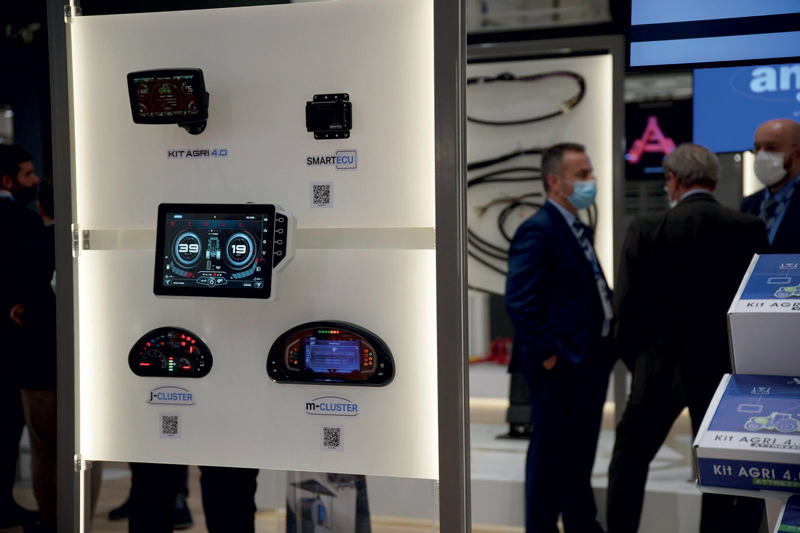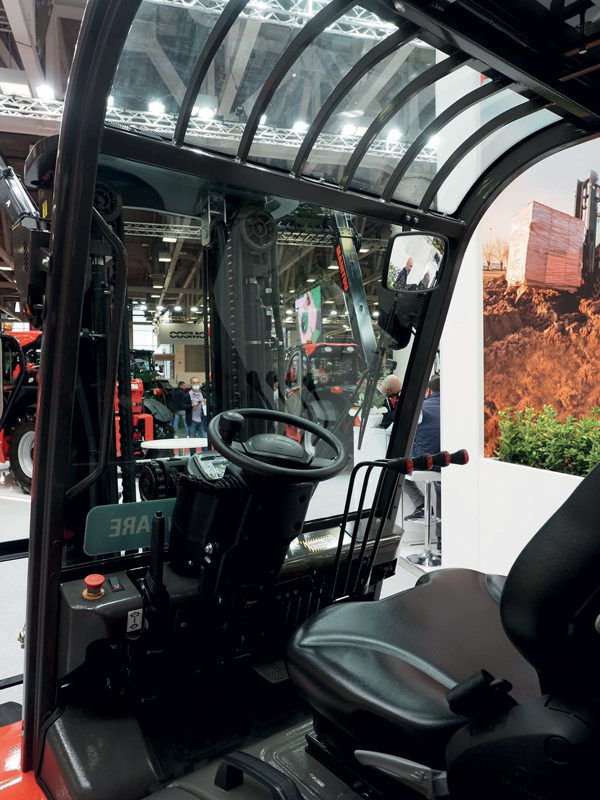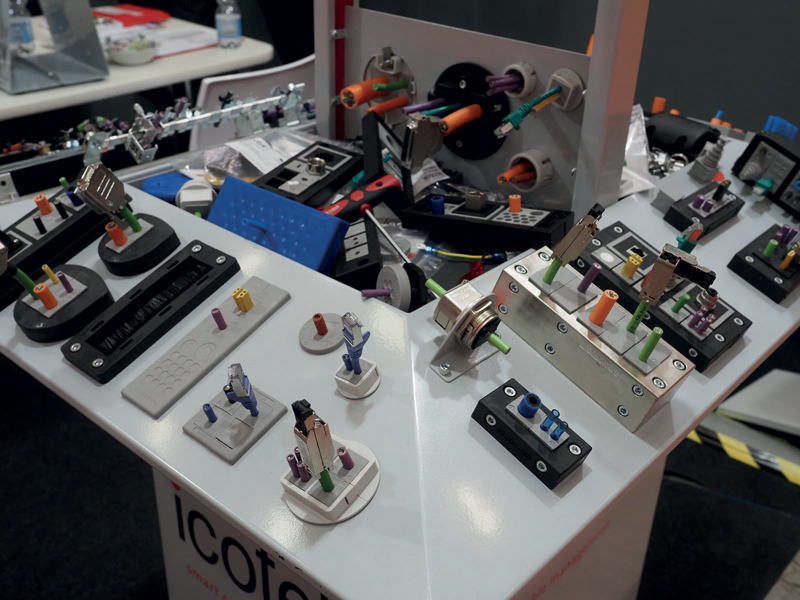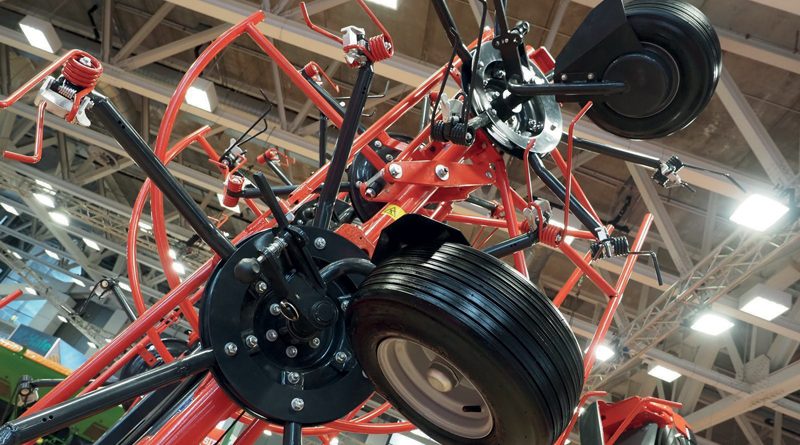Agricultural machinery: a buoyant market
EIMA International was an opportunity to take stock of the Italian agricultural machinery market. This is a dynamic time for this market sector. Italian industries have recorded very substantial increases in the first half of the year and expect to close the year in profit. Economic sustainability and environmental compatibility are the key marker drivers.
EIMA International 2021 took place at a particularly dynamic time for the Italian agricultural machinery sector, which is recording increases in sales both in Italy and abroad. The “Barometer” survey carried out by FederUnacoma shows that in the first six months of the year, 83% of companies in the agricultural machinery sector recorded an increase in turnover compared to the previous year, against a modest 6% of companies that recorded a drop in turnover. Among the profitable companies, a very high percentage (54%) recorded increases of more than 20%. The positive trend is expected to continue in the second half of the year, albeit at less pronounced levels: the Barometer shows that 67% of manufacturing companies expect an increase in turnover, and 27% a stable trend. This data leads to predict a clearly positive closing balance for 2021. “Our sector is extremely varied and made up of hundreds of small and medium-sized companies, each highly specialised in its own field”, explains Lorenzo Selvatici, President of Assomao, the Association that represents the agricultural machinery manufacturing industries within FederUnacoma.

Economic sustainability and environmental compatibility
Replacing the operating machines and equipment currently in use on farms with new-generation vehicles is a necessary process, because economic sustainability and environmental compatibility of operations have become a fundamental element in farming. Today agricultural machines feature electronic control systems, monitoring sensors, ISOBUS technologies capable of optimising the relationship between the tractor and the mounted or towed equipment, all technologies capable of making the use of machines increasingly perfected and environmentally friendly
The agro-mechanical industry is now capable of producing ultra-high-tech equipment that can carry out any operation with surgical precision while protecting the ecosystem. Governed by artificial intelligence, they can work autonomously and “see” much more in the field than an expert’s eye can.

All technologies capable of making the use of machines increasingly perfected and environmentally friendly are continuously evolving. 
Cable management is another key issue for the agricultural machinery sector.
Agricultural machines: the “ecological sentinels”
A new generation of environmental experts, agronomists and forestry technicians is now working to reduce the impact of their activities on the land, but a qualitative leap forward is only possible with the use of highly automated machines guided by artificial intelligence. The agricultural machinery industry is now able to produce vehicles entirely governed by computers, cameras and sensors, capable of analysing all environmental parameters and ensuring the calibrated use of water, respect for the organic substance of the soil, and the scientific use of all production factors. While satellite systems read the terrain and make centimetre-accurate maps, fleets of drones record environmental data and monitor plants. Sophisticated computer systems autonomously manage the movements of machines in the field, and the huge flow of information collected is channelled through networks into specialised databases. As the environmental emergency worsens, a new model of agriculture is emerging, and with it mechanical and digital technology is growing rapidly. l

